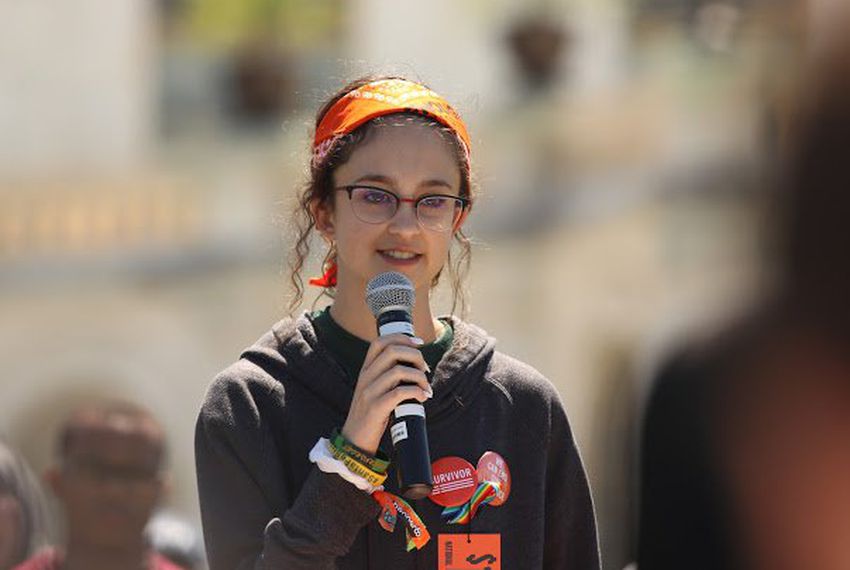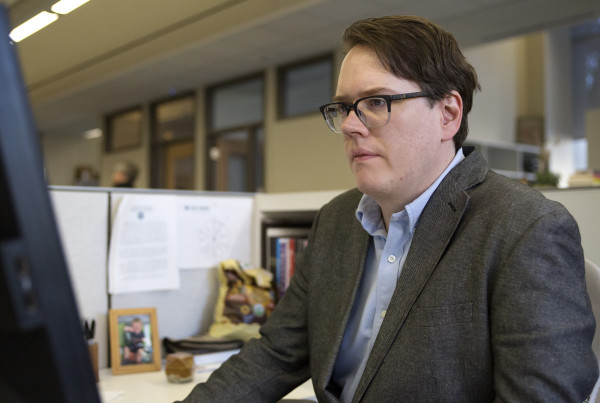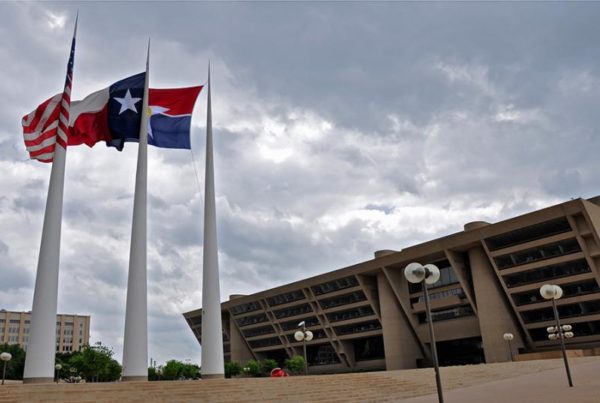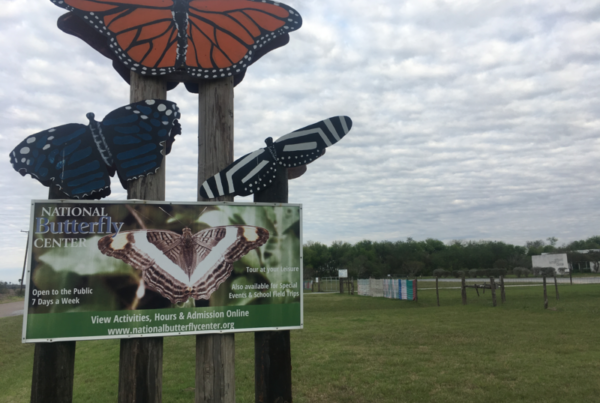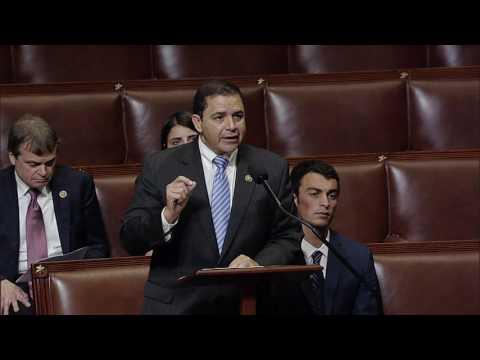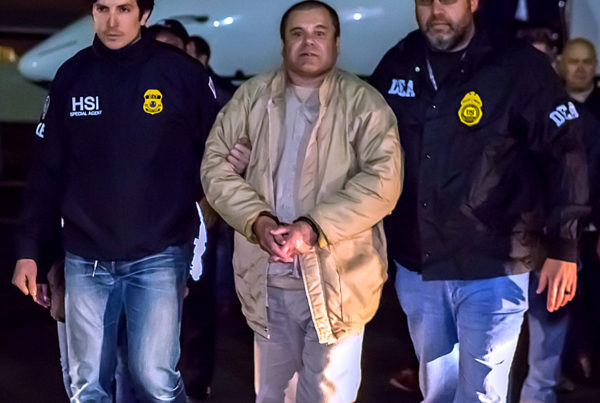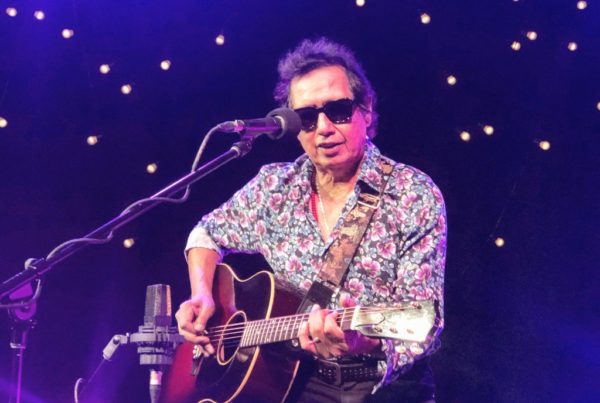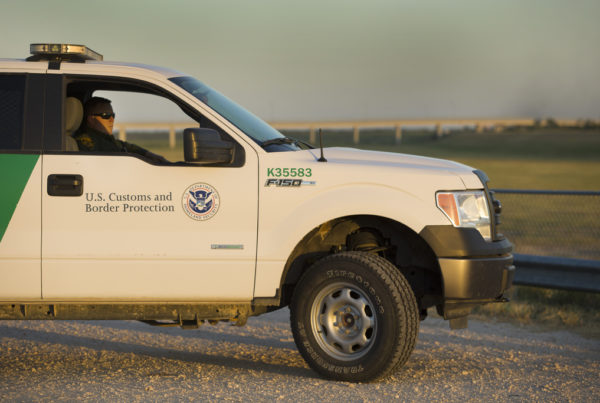A year ago Thursday, a shooter killed 17 students and staff members at a high school in Parkland, Florida. Three months later, it happened again: a shooter killed eight students and two teachers at Santa Fe High School, south of Houston. In Texas, there’s been skepticism over the years about the intentions of those who call for gun control. But one year after Parkland, and almost nine months after Santa Fe, there are small signs of a shift.
A candidate backing gun control flipped a suburban Houston congressional seat in November, for example. But the times have not changed altogether, as Andrea Zelinski reported in her story for the Houston Chronicle “How Texas Lawmakers Plan to Make Schools Safer Without Gun Control.”
Zelinski says first of all, it’s unlikely that lawmakers will address gun control laws during this legislative session. Shortly after the Santa Fe High School shooting, Zelinski says Gov. Greg Abbott had suggested so-called red-flag laws as a possible way to curb gun violence. But she says an interim committee considered the idea, then essentially rejected it.
“Their recommendation was a solid, We don’t think this is a good idea for Texas,” Zelinski says. “That was backed by Lt. Gov. Dan Patrick. So that was a pretty solid indication that … [the] idea still isn’t gonna get a lot of support from leadership.”
But she says lawmakers are looking at “hardening schools.” That means potentially adding things like vestibules so schools have a “holding area” before people enter the actual campus. Also: metal detectors or metal-detecting wands, and security cameras.
“I talked to one principle who said they’re installing a new system at his school. So, from his phone, he can lock down portions of a school,” Zelinski says. “It’s a lot of using technology to make sure that schools are more fortress-like in terms of staving off a potential shooter.”
One idea that garnered a lot of attention in 2018 was arming teachers so they could be another line of defense against shooters. But Zelinski says that idea is less popular right now.
“I haven’t heard a lot of energy about that this year, so far,” she says. “I do expect that lawmakers are gonna try to make sure that people who want access to being a school marshal … that they would be relied upon to go and take action.”
A teacher has to undergo 80 hours of expensive training before becoming a marshal, and Zelinski says it’s likely the legislature will allot some money for that.
Educators are advocating for better mental-health services at schools. There’s a shortage of school counselors, which makes it hard to adequately help students, especially in the event of a shooting or traumatic event. Zelinski says there’s an average of one counselor for every 470 students in Texas.
“Counselors are spending a lot of time helping kids figure out where they should go to college,” Zelinski says. “They need to be more accessible for the social-emotional learning aspect, and that’s what counselors are pushing for this year.”
Written by Caroline Covington.


